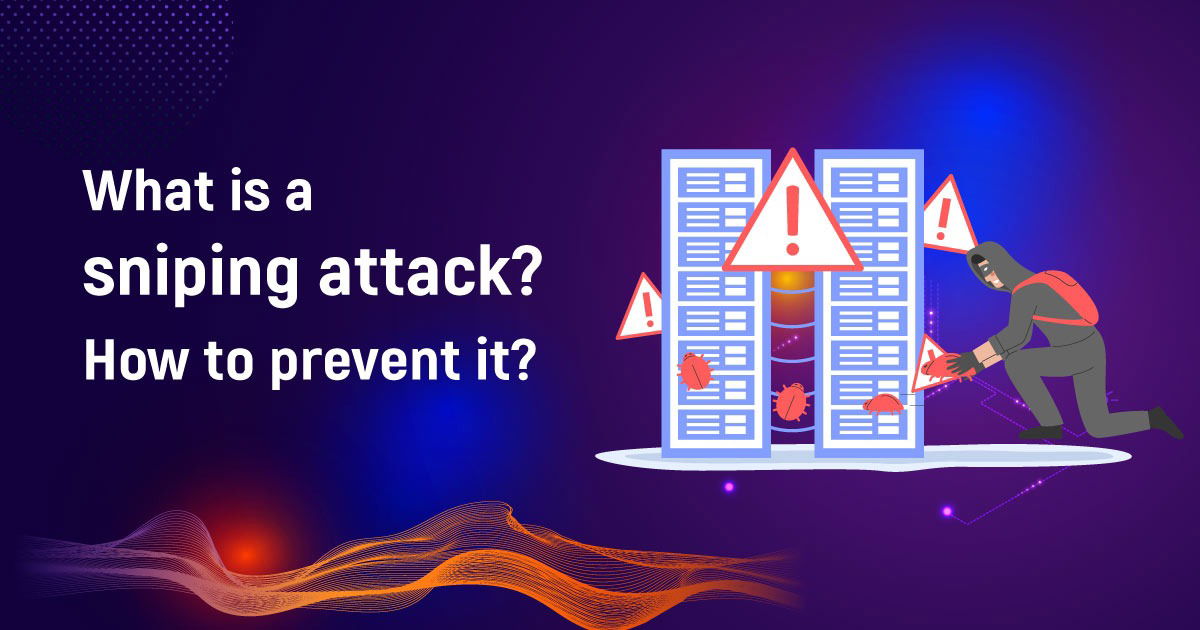Sniping is an OWASP-identified automated threat that is commonly used by attackers to exploit the weaknesses of web applications. This threat involves submitting a request or performing an action at the exact moment that a resource becomes available, in order to gain unauthorized access to sensitive data or resources. In this blog, we will discuss the concept of sniping, its types, and how we can prevent such attacks.
All about Sniping
Sniping is an automated threat that involves exploiting the timing vulnerabilities of web applications. This can be done by submitting a request or performing an action at the exact moment that a resource becomes available, in order to gain unauthorized access to sensitive data or resources. Sniping attacks are often carried out by bots or automated scripts, which can rapidly submit requests to a web application.
Types of Sniping Attacks
There are several types of sniping attacks that attackers can use to exploit web applications, including:
Account Creation:
This involves creating new accounts or profiles at the exact moment they become available, in order to gain access to limited resources or data.
Domain Name Registration:
This involves registering domain names as soon as they become available, in order to gain control over the domain and its associated resources.
Event Ticketing:
This involves buying event tickets at the exact moment they become available, in order to gain access to limited seats or special events.
Preventing Sniping Attacks

There are several measures that organizations can take to prevent sniping attacks and protect their web applications, including:
Rate Limiting:
Rate limiting can be used to prevent rapid or frequent requests from bots or automated scripts.
Captcha Verification:
Captcha verification can be used to distinguish between human and bot traffic, and prevent automated attacks.
Delayed Release:
Delayed release can be used to stagger the release of limited resources, in order to prevent sniping attacks.
Monitoring and Logging:
Effective monitoring and logging practices can help organizations detect and respond to sniping attacks in real-time.
Conclusion
Sniping is a common automated threat that can cause significant damage to web applications and compromise sensitive data. By implementing effective measures such as rate limiting, captcha verification, delayed release, and monitoring and logging, organizations can help prevent sniping attacks and protect their web applications from such cyber attacks.












